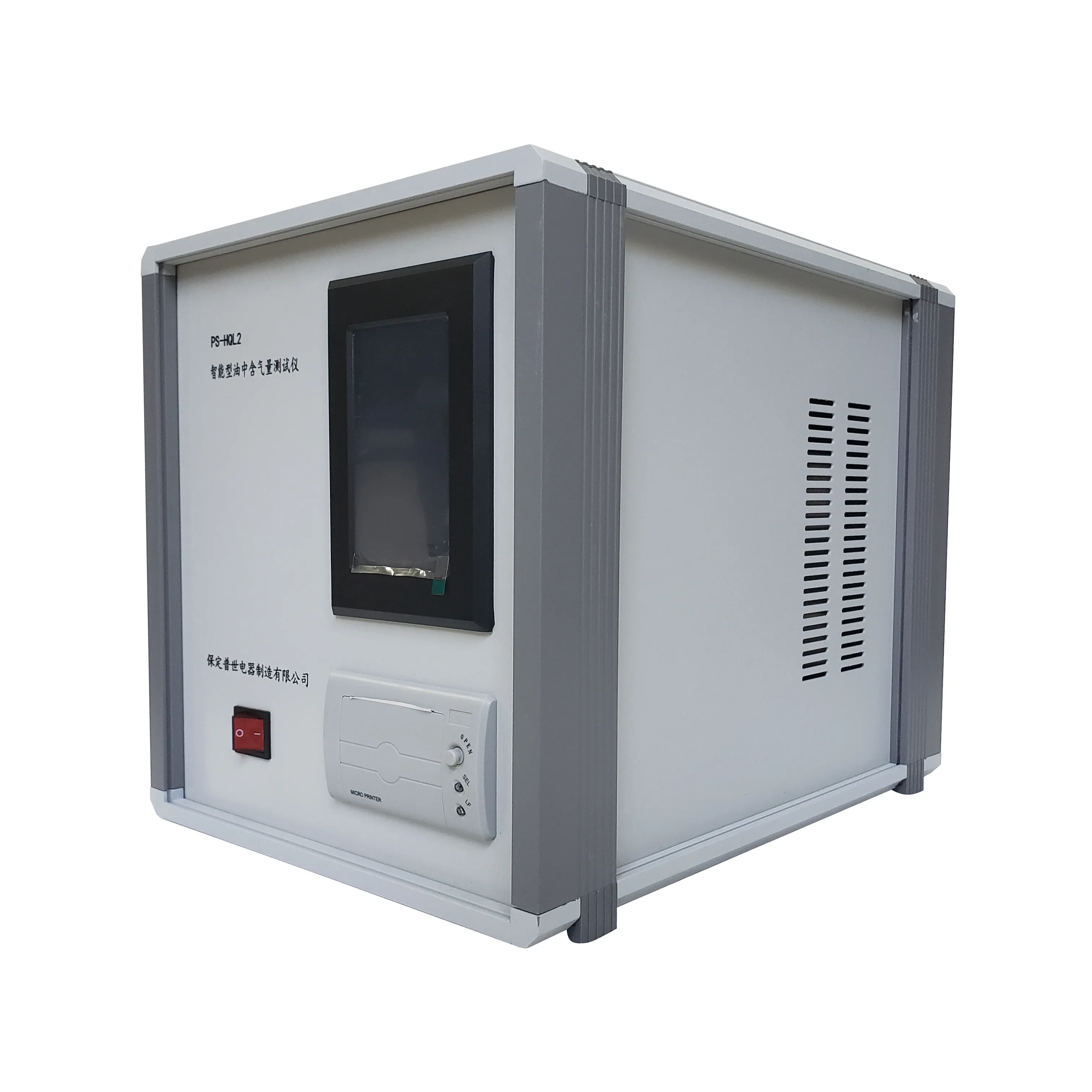 English
English


high voltage measurement circuit
High Voltage Measurement Circuit
Measuring high voltages is a critical task in many industrial applications, including power generation, transmission, and research laboratories. Due to the increased risk associated with high voltage, specialized measurement circuits must be designed to ensure safety, accuracy, and reliability. In this article, we will explore the principles behind high voltage measurement circuits, the different types employed, and some common applications.
Principles of High Voltage Measurement
High voltage measurements typically exceed the operational limits of standard electronic devices. Therefore, engineers must create circuits that can safely and accurately scale down high voltages to measurable levels. The prime responsibility of a high voltage measurement circuit is to provide a suitable means to either directly read high voltages or to convert them into a proportional low voltage that an ordinary measuring device, such as a multimeter or an oscilloscope, can handle.
One of the key principles involved in high voltage measurement circuits is the use of voltage dividers. A voltage divider consists of two resistors connected in series, where the voltage drop across one resistor can be measured. By choosing appropriate resistor values, one can create a safe and manageable voltage reading from high input voltages. However, care must be taken to manage the resistors' power ratings and ensure that they can handle the high voltage without failure.
Types of High Voltage Measurement Circuits
There are several types of circuits that engineers can use for high voltage measurement
1. Resistive Voltage Dividers As mentioned, this is the most common method for measuring high voltages. By using high precision, high voltage-rated resistors, one can accurately obtain a lower voltage that is proportional to the higher voltage.
2. Capacitive Voltage Dividers These circuits use capacitors instead of resistors. They are useful in high-frequency applications or where minimal current draw is necessary. The capacitive divider can provide lower loading on the voltage source while still producing an accurate measurement.
high voltage measurement circuit

3. Optical Isolation Techniques For safety, optical isolators (such as optocouplers) can be used to transmit a signal from a high-voltage source to a low-voltage measurement system without a direct electrical connection.
4. Isolation Transformers In certain applications, isolation transformers can provide a means to step down high voltages to a safer level while maintaining the galvanic isolation needed for safe measurement.
5. High Voltage Probes These special probes can measure high voltages directly and output a scaled-down voltage suitable for typical measuring instruments. They are crucial in both laboratory and industrial settings, where they provide a convenient and safe means to measure high voltage levels.
Applications
High voltage measurement circuits find application across various fields. In the electrical utility sector, for example, they are essential for monitoring transmission line voltages and ensuring that voltage levels remain within safe limits. In laboratories, high voltage test equipment uses these circuits to evaluate the insulation and breakdown characteristics of various components.
Additionally, the increasing reliance on renewable energy sources, such as solar panels and wind turbines, demands precise high voltage measurements to optimize performance and safety. High voltage testing is also critical in the automotive industry as electric vehicles (EVs) often operate at high voltage levels.
Conclusion
High voltage measurement circuits play a vital role in ensuring the safety, efficiency, and reliability of various industrial and research applications. By utilizing principles of voltage division, optical isolation, and specialized measuring techniques, engineers can develop sophisticated circuits capable of handling high voltages without compromising safety or accuracy. As technology advances and the demand for high voltage applications grows, the design and implementation of these measurement circuits will continue to be a key focus in the field of electrical engineering.
-
Differences between open cup flash point tester and closed cup flash point testerNewsOct.31,2024
-
The Reliable Load Tap ChangerNewsOct.23,2024
-
The Essential Guide to Hipot TestersNewsOct.23,2024
-
The Digital Insulation TesterNewsOct.23,2024
-
The Best Earth Loop Impedance Tester for SaleNewsOct.23,2024
-
Tan Delta Tester--The Essential Tool for Electrical Insulation TestingNewsOct.23,2024





